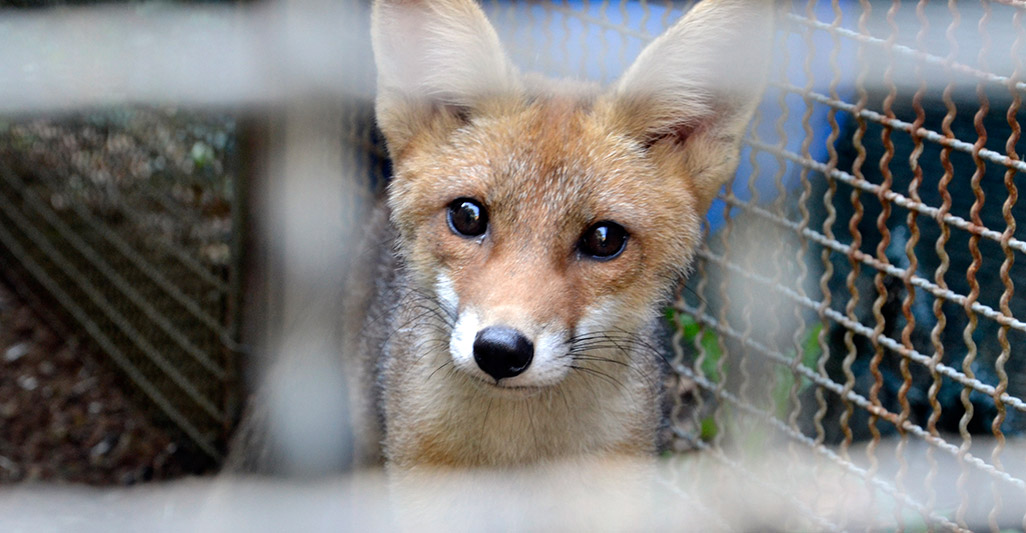Beaver, weasel, ermine, stone marten, wolverine, leopard, lynx, otter, striped skunk, opossum, racoon, silver fox.
These are the most common fur animals captured in their natural environment with every type of traps. Leghold traps, strangling laces, nets on the entrance of the holes and special traps for ermines, made of a metal frozen pipe smeared with fat: when the animal leaks it he gets stuck there with the tongue.
The hunter’s primary concern is not to ruin the fur, this makes the trapping methods particularly cruel because death is not immediate.
Animals trapped in these ways stay alive for days, suffering the worst pains, until the hunter comes to get them. Sometimes the animal amputates his own trapped part by chewing it, in order to escape the pain. The survival chances for the escaped animals are practically none, they may die of infections, are no fit enough to cope with their natural enemies and to look for food.
When the animal is not dead for the hunger or the cold, the hunter comes and usually stifles him. 75% of the animals found in the traps are non target ones and are let there dying.
Fur animals farms do not slightly consider the animal’s natural needs, focusing only on a thick fur and a good appearance. The fur animal farms also look like lagers, everything is studied in order to provide efficiency at the lowest expenses. Animals are kept in small cages with a metallic grate underneath because it makes the cleaning easier, but also hurts the animal’s paws. All this induces a continuous stress for the animal due to the non consideration of his territoriality needs, increasing his pathological and aggressive behaviours to the extent that they are given psychotropic drugs and tranquillizers. They are subject to sudden cold and hot air drafts to make the fur grow thicker, and females become forced breeding machines.
The killing
The killing methods vary according to the size of the animal. With big creatures like foxes, they use electricity, sticking electrodes in the anus and in the nose or mouth, or again a gunshot in the neck or gas stifling.
Smaller animals like minks are killed with a hammer blow on the muzzle, a nail in the forehead or they get drowned. Other common methods are poison like strychnine and chloroform stifling.
Karakul sheep fur is obtained hitting pregnant females with clubs to make them abort two weeks before they should give birth, and the foetus are then skinned.
Environmental impact
Leather industries represent a relevant ecological problem for their polluting and interfering activities. The dumping of corpses and animal excrements, especially if containing antibiotics and medicines like in this case, cause a serious water and soil pollution. The ecosystem’s balance also gets disrupted by the disappearing or decreasing of a certain species, and by the introduction of non indigenous animals done by man.
Lynxs and otters for instance are in a critical situation throughout Europe, and are nearly impossible to find in Italy. Other species belonging to different ecosystems used as fur animals have somehow populated the areas where they have been brought, competing with the local species and eventually colonising their territory.
Seals
Of remarkable cruelty is the killing of seal’s offspring: they are hit with clubs and skinned alive under the petrified eyes of the adult animals, that have no way of defending their progeny from the attack.




